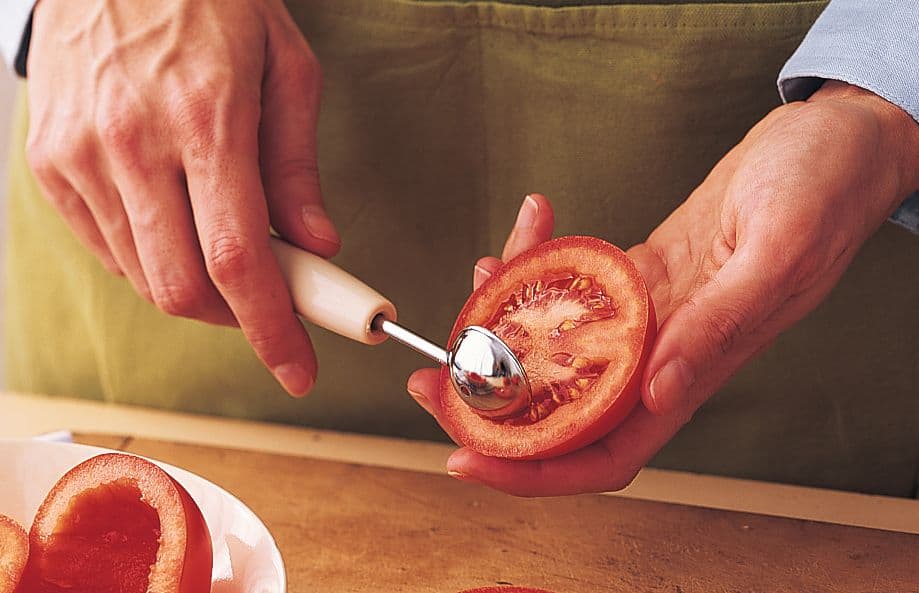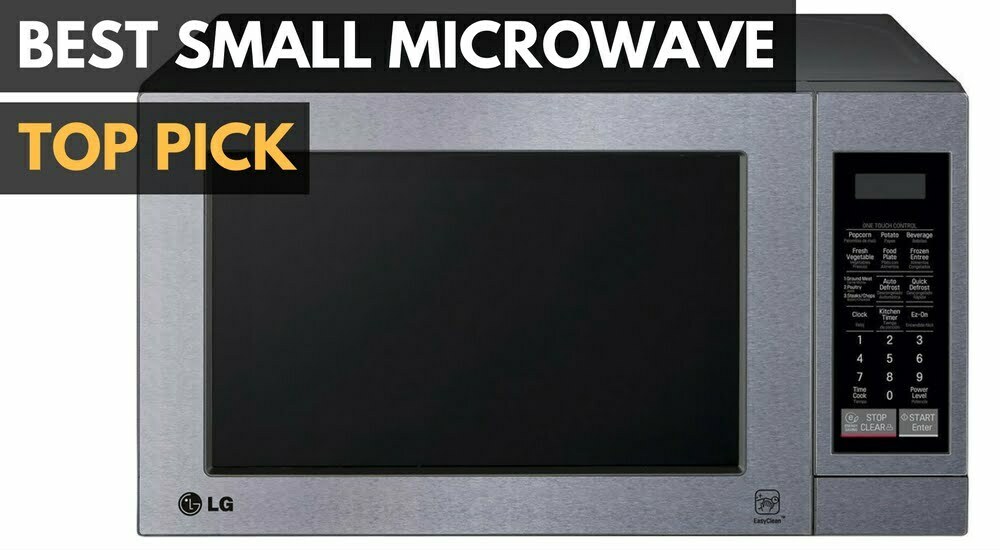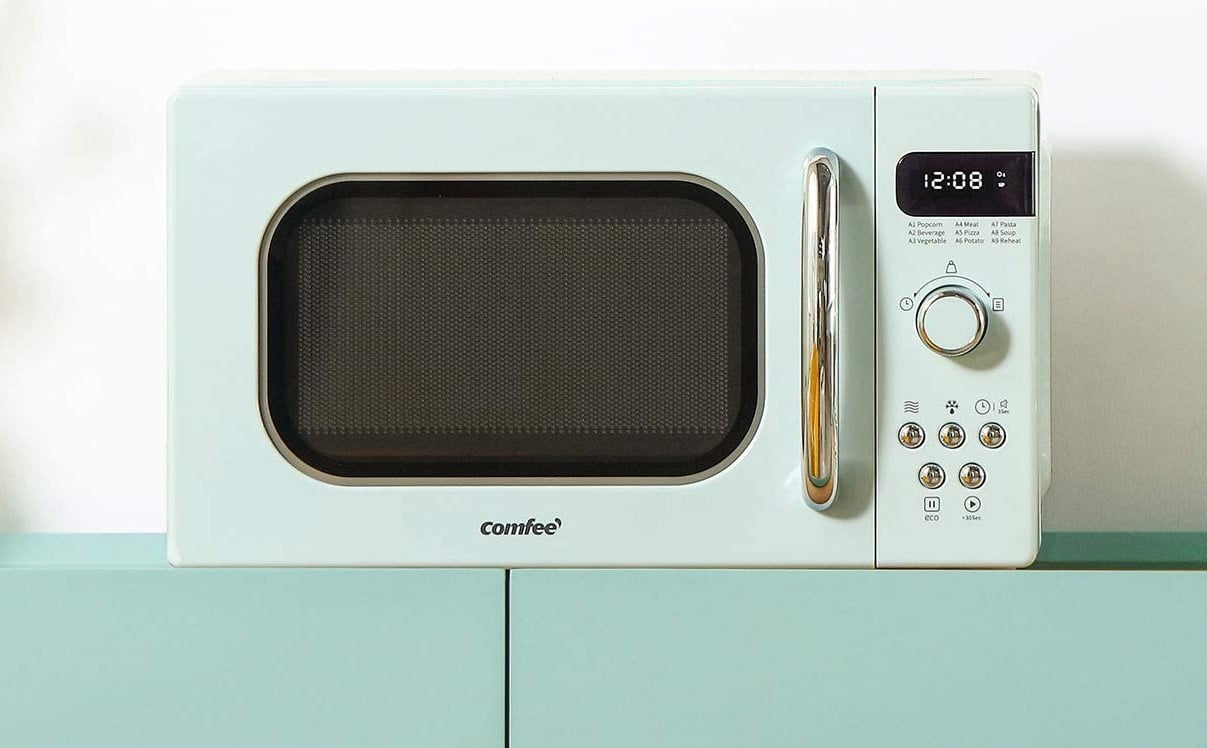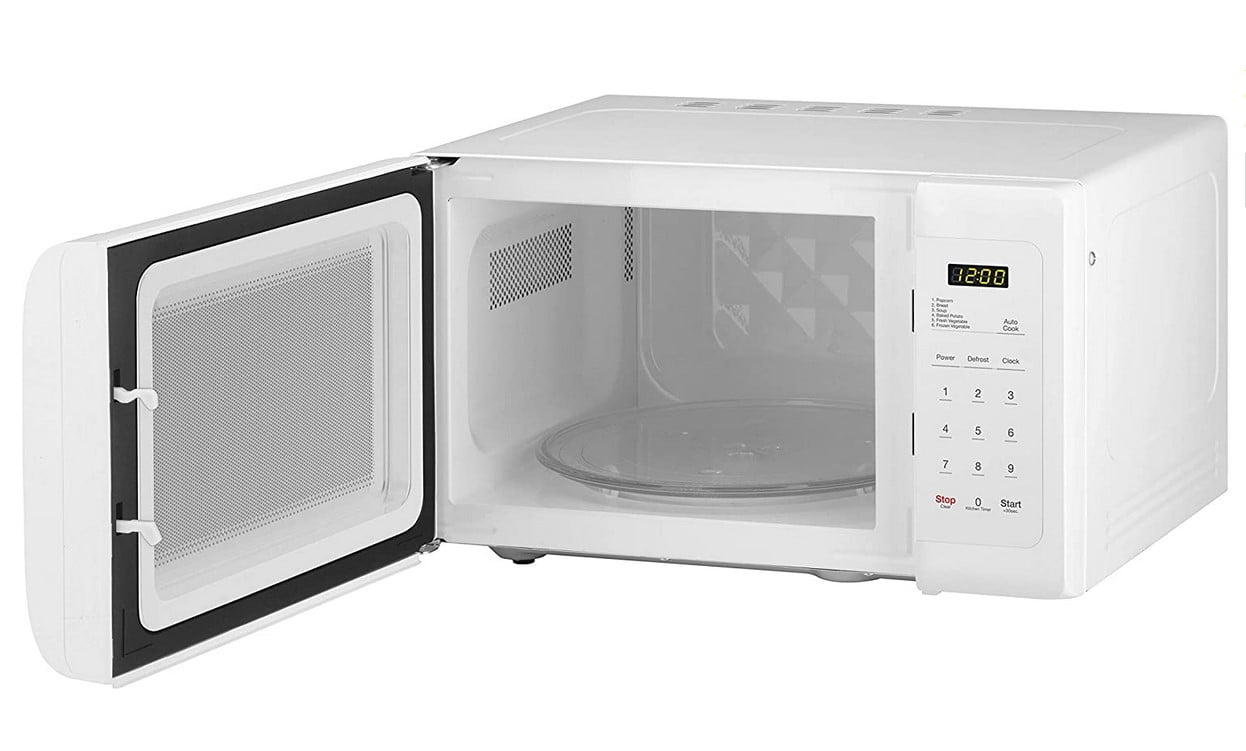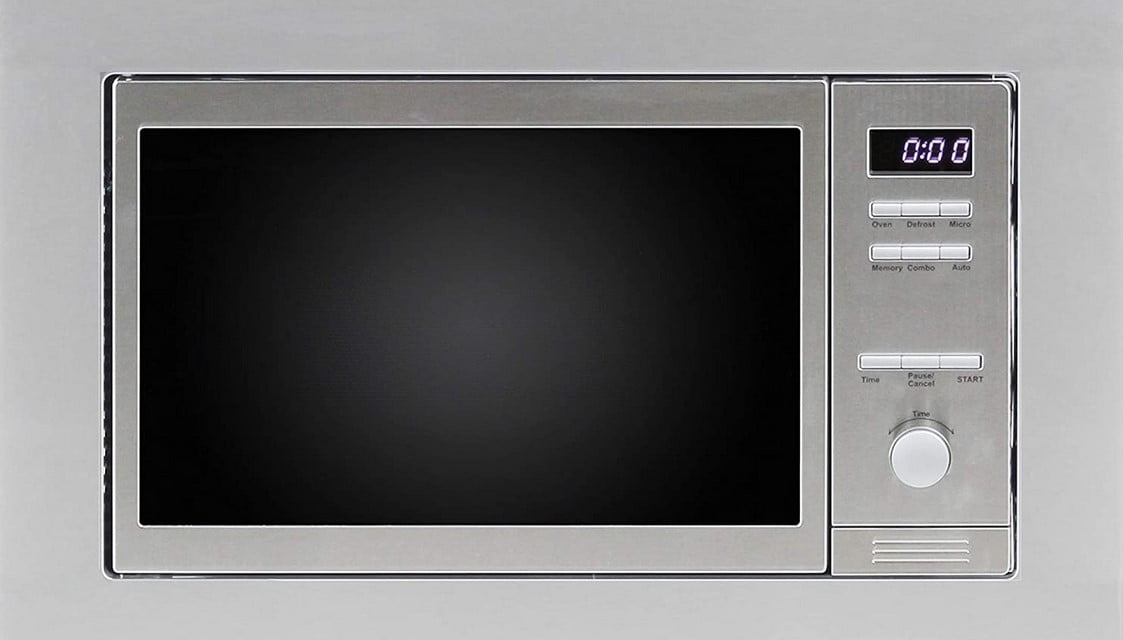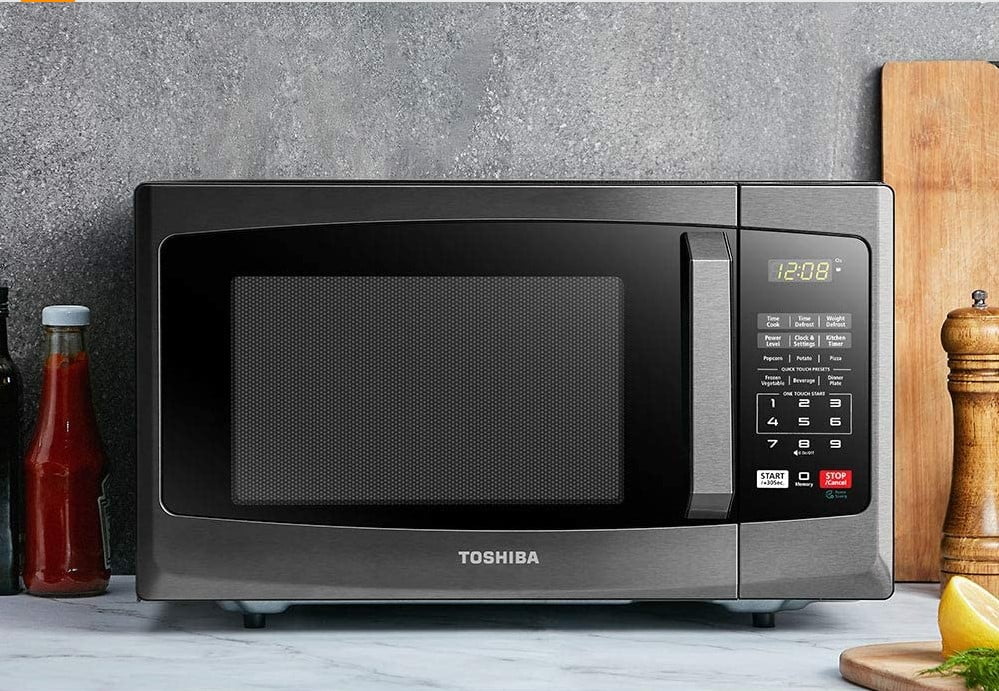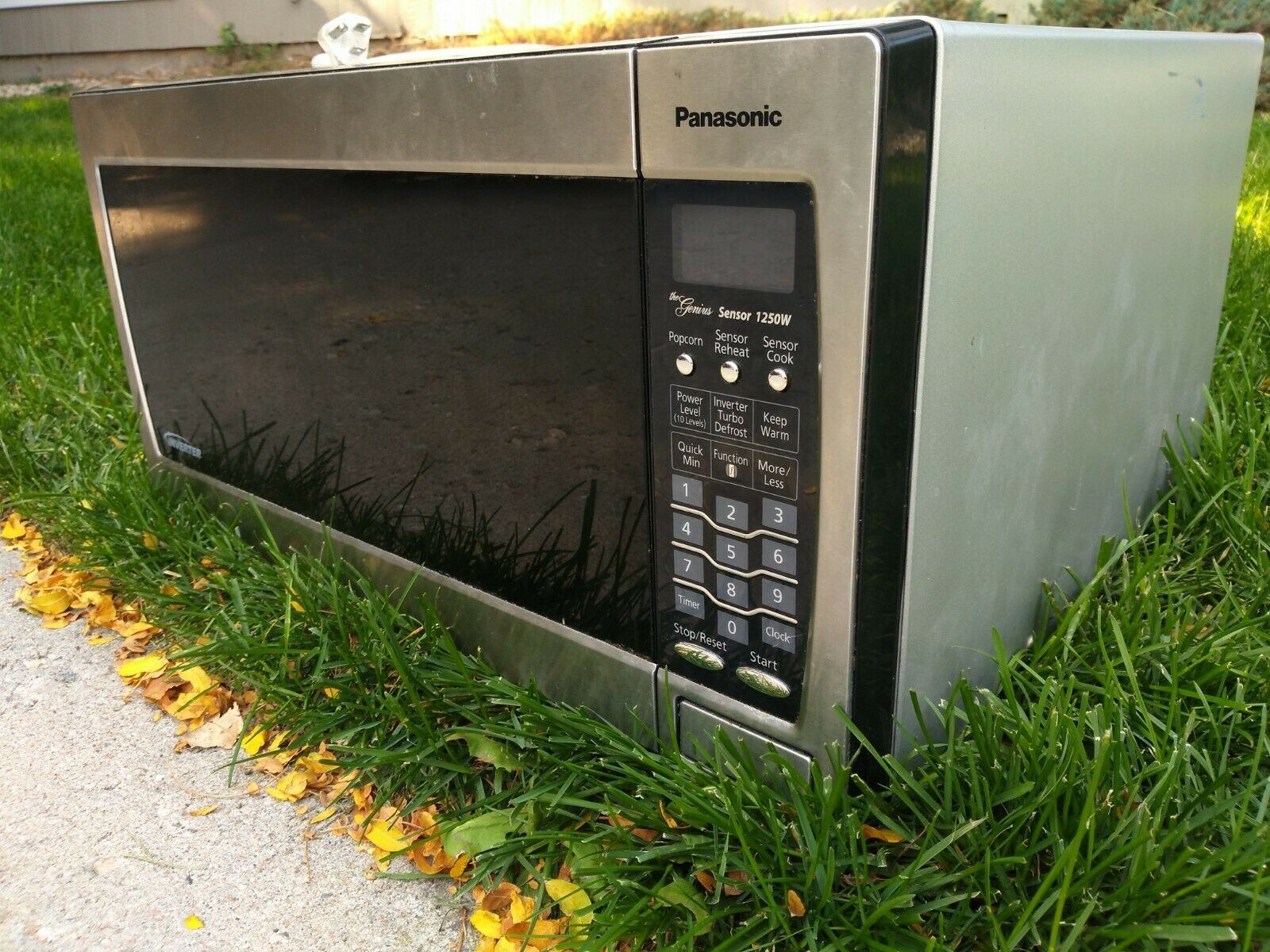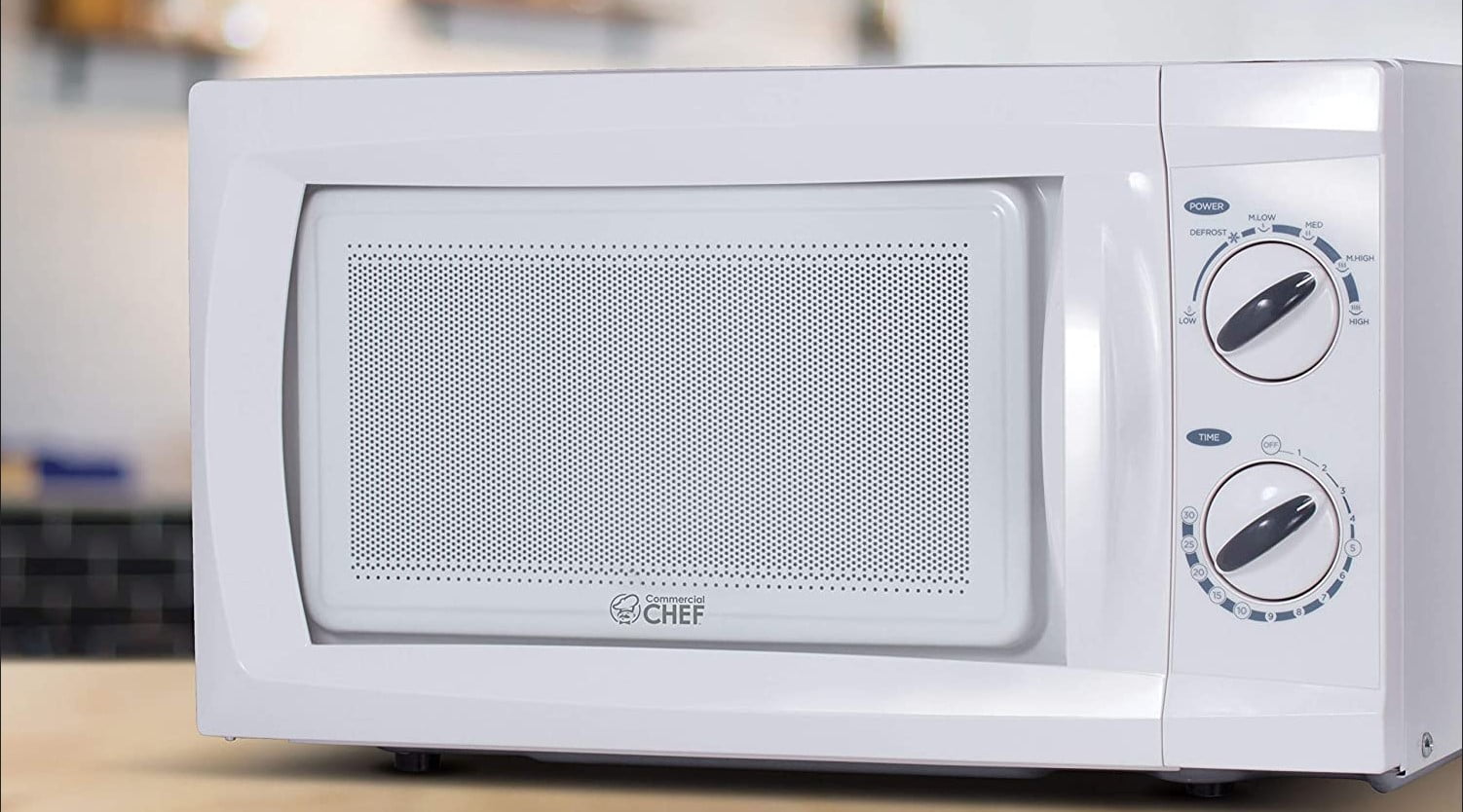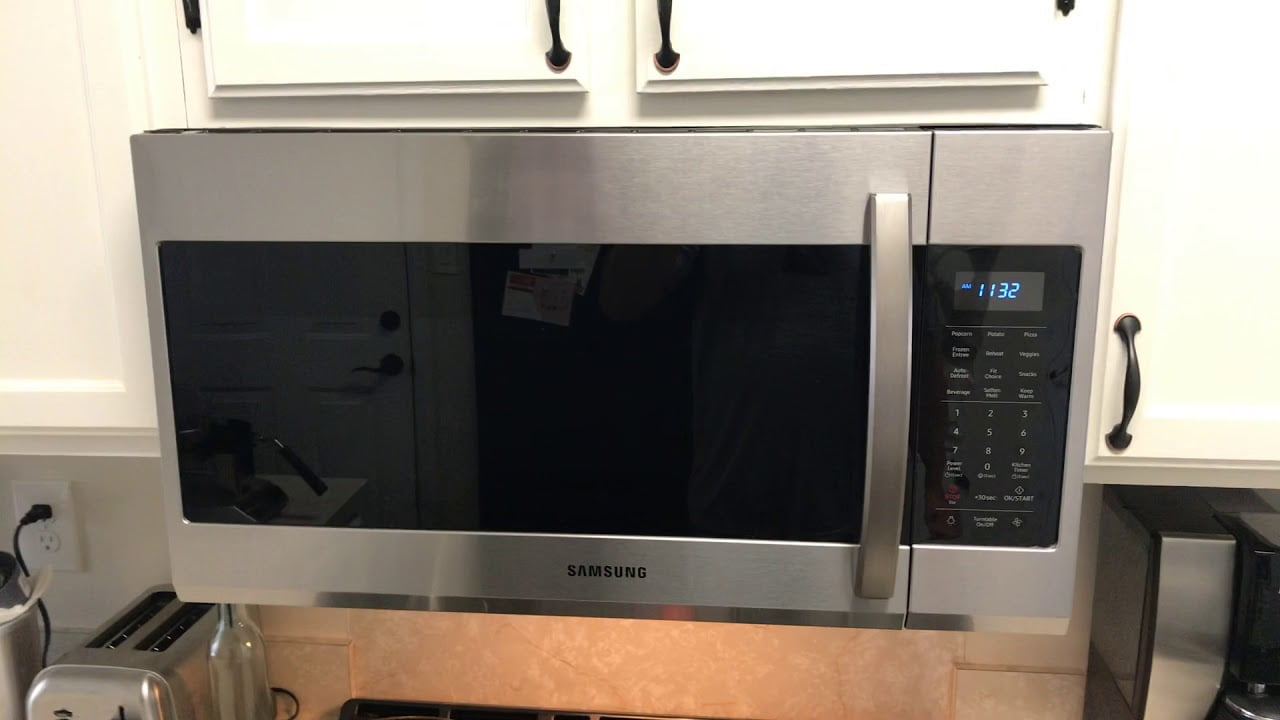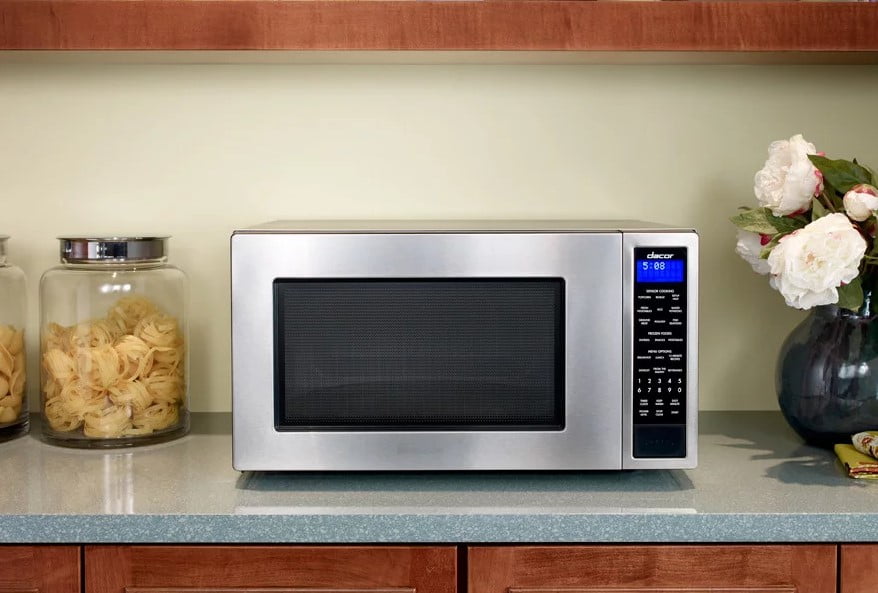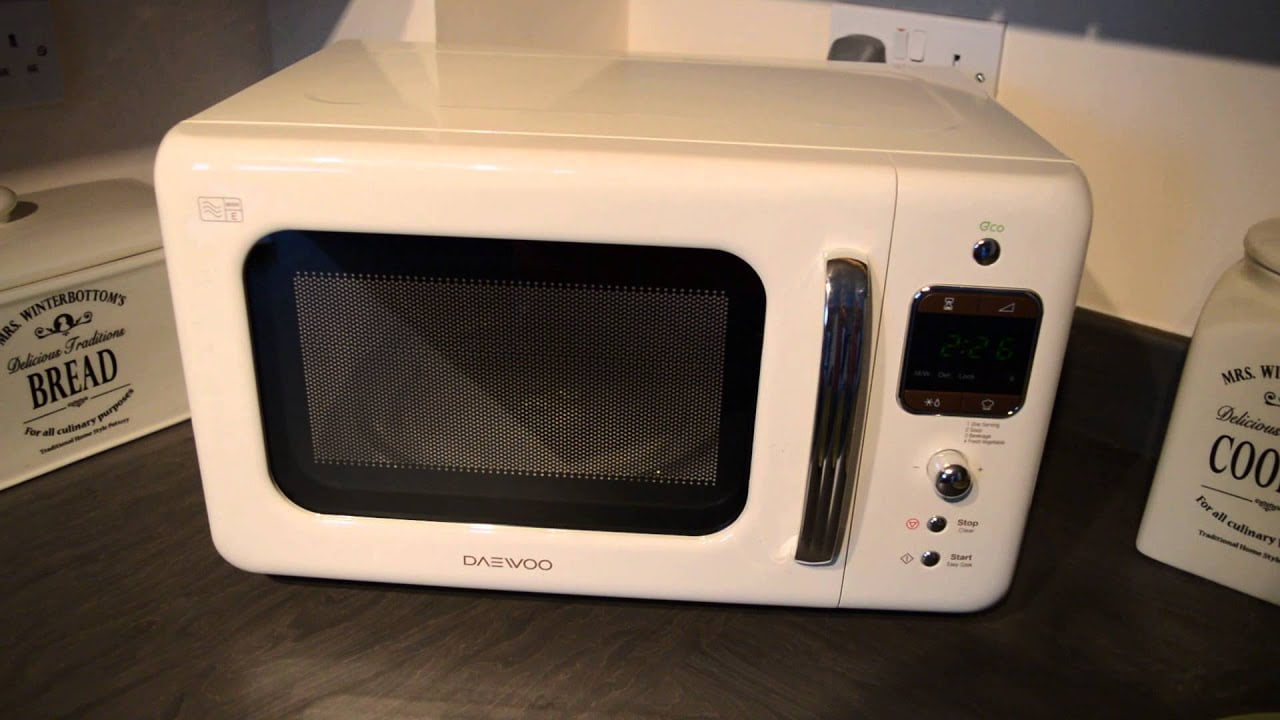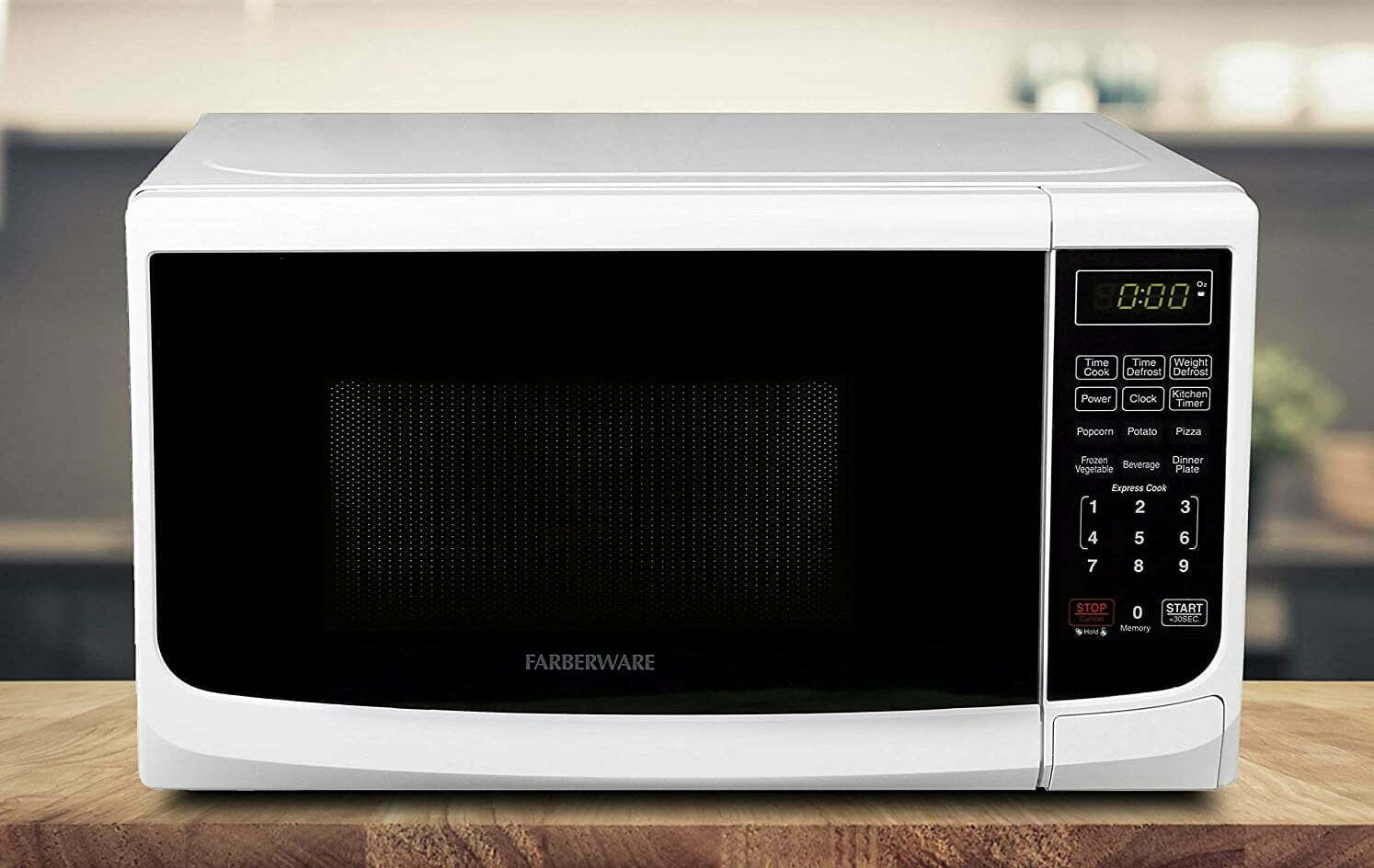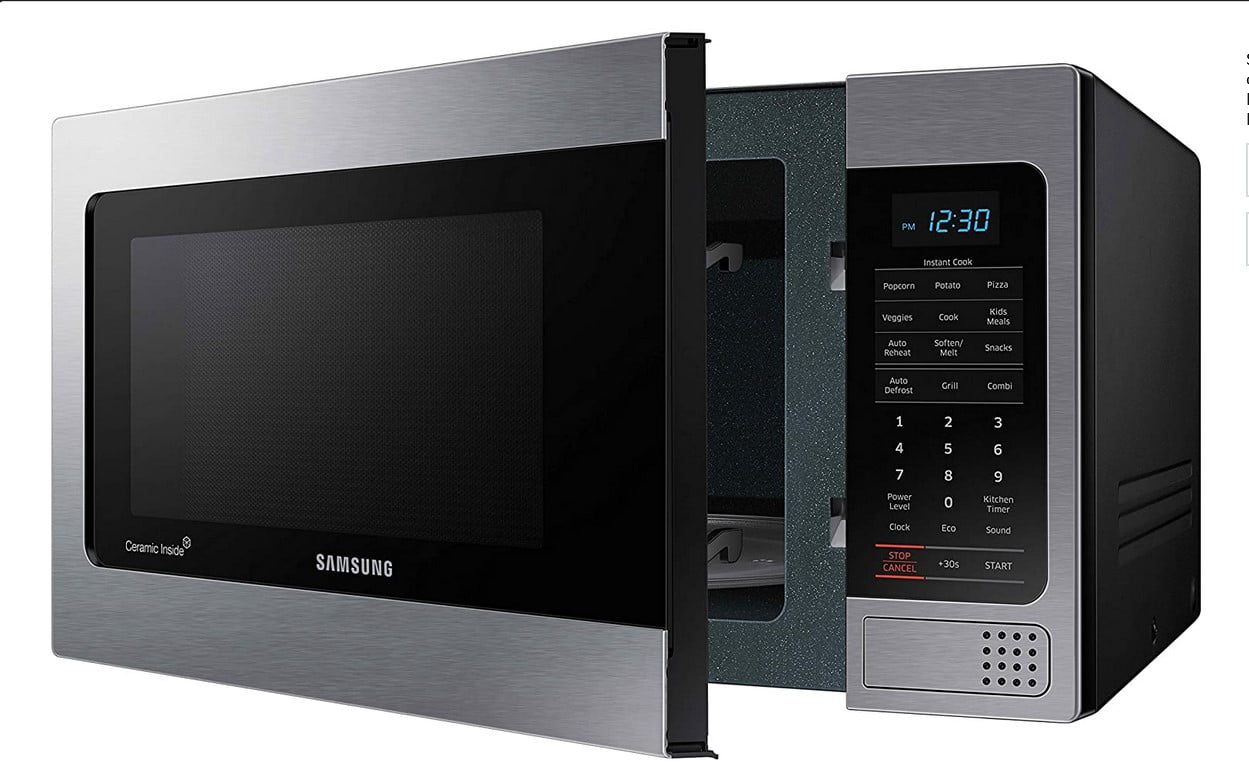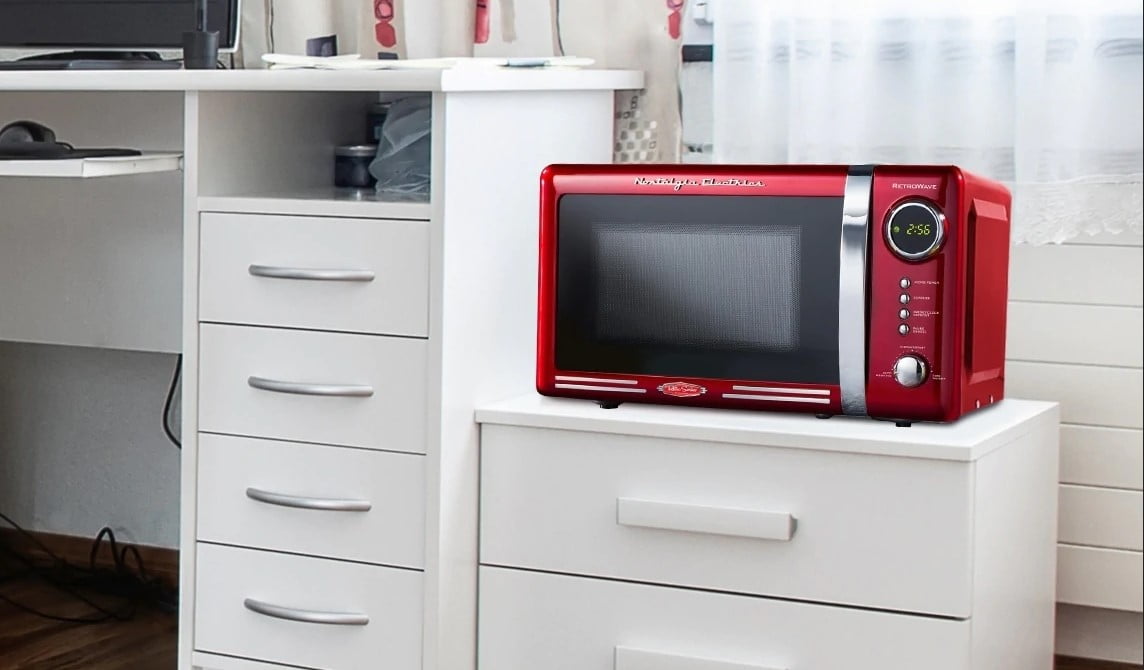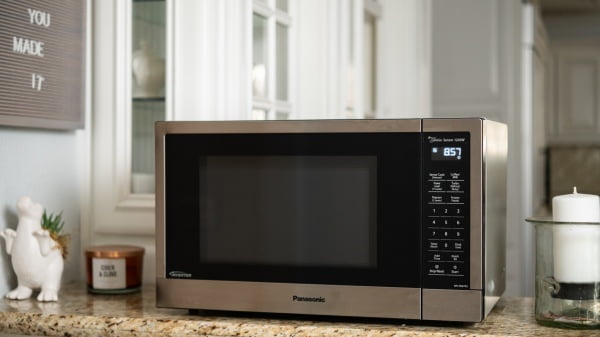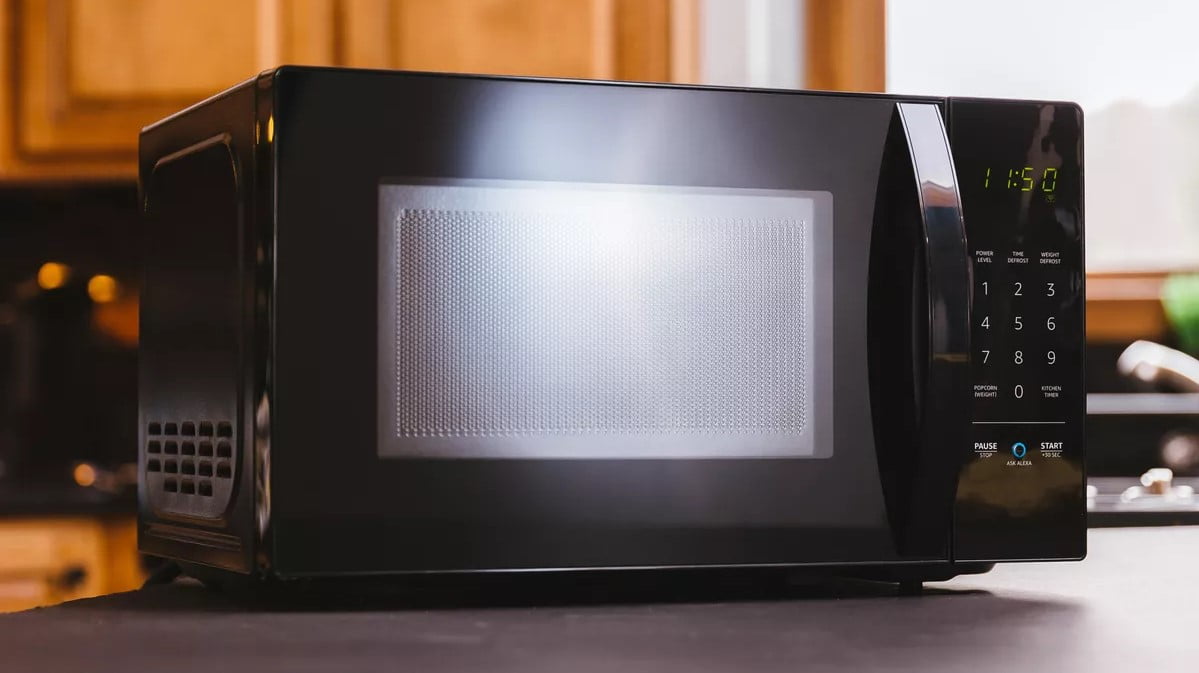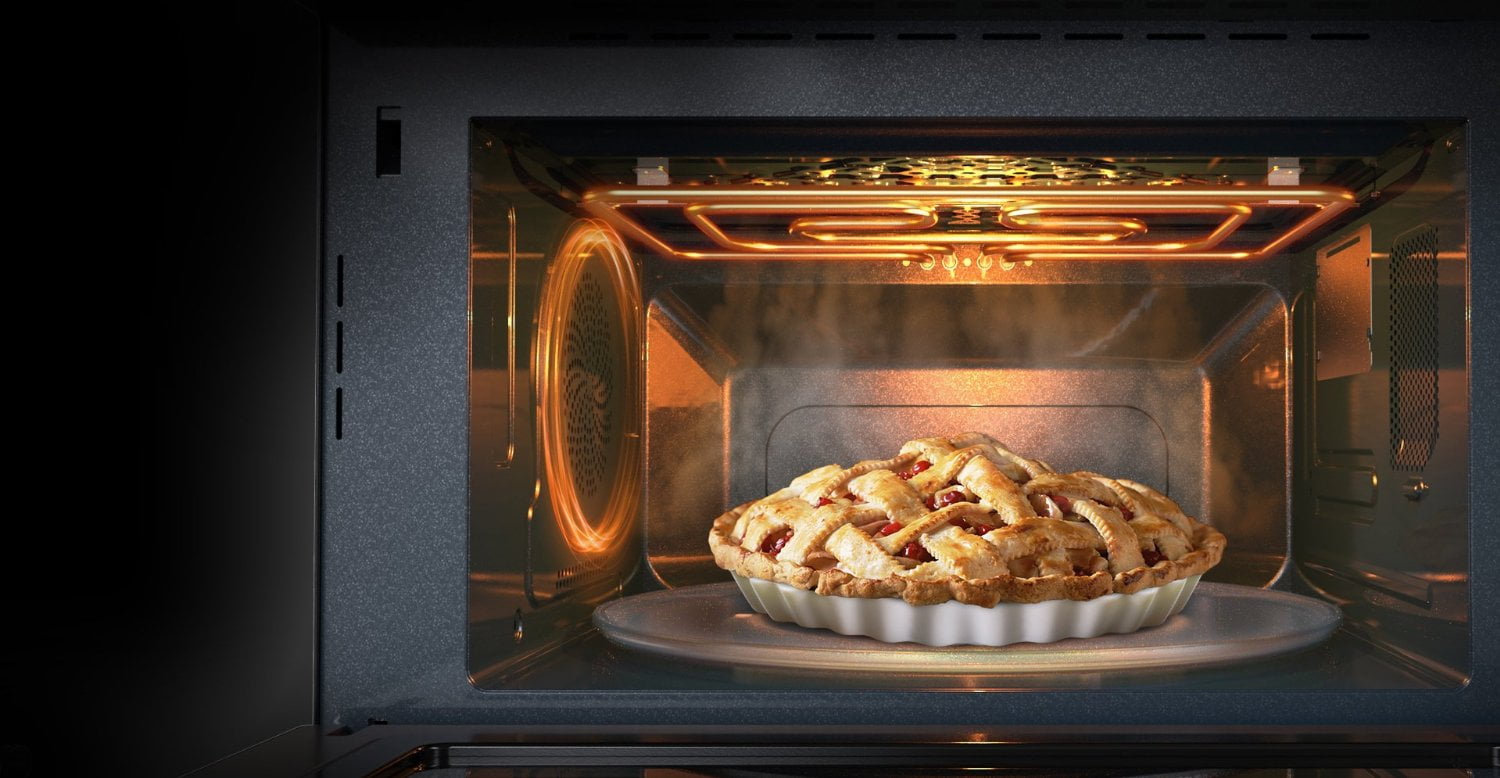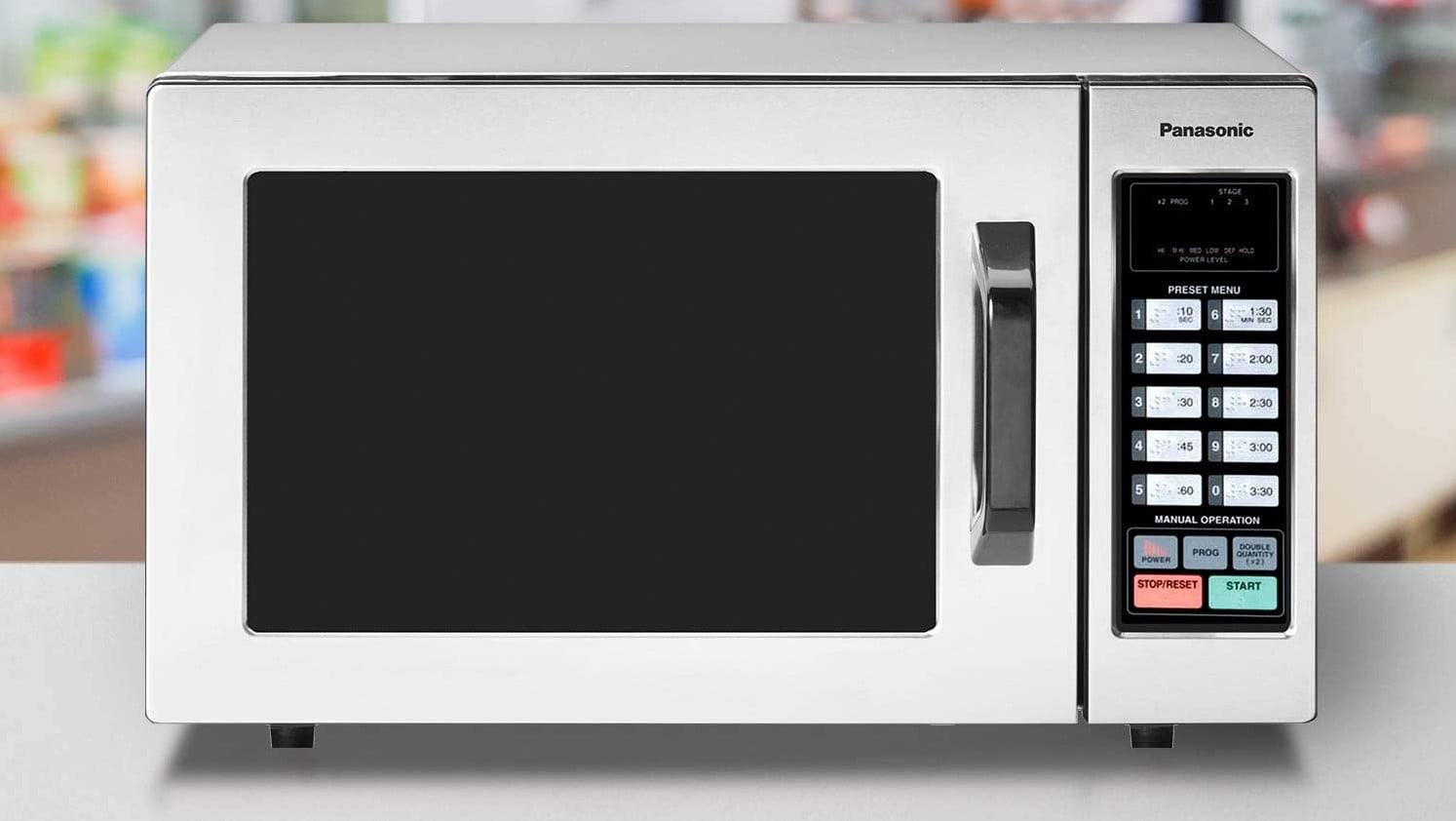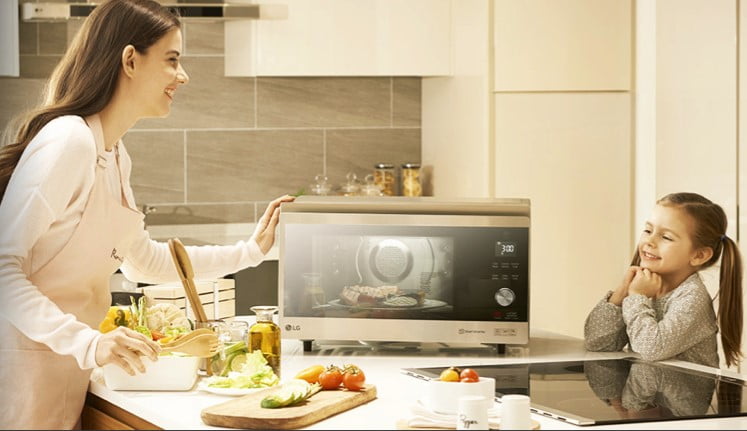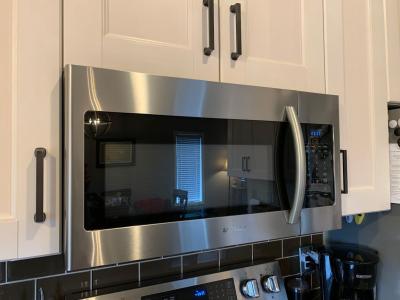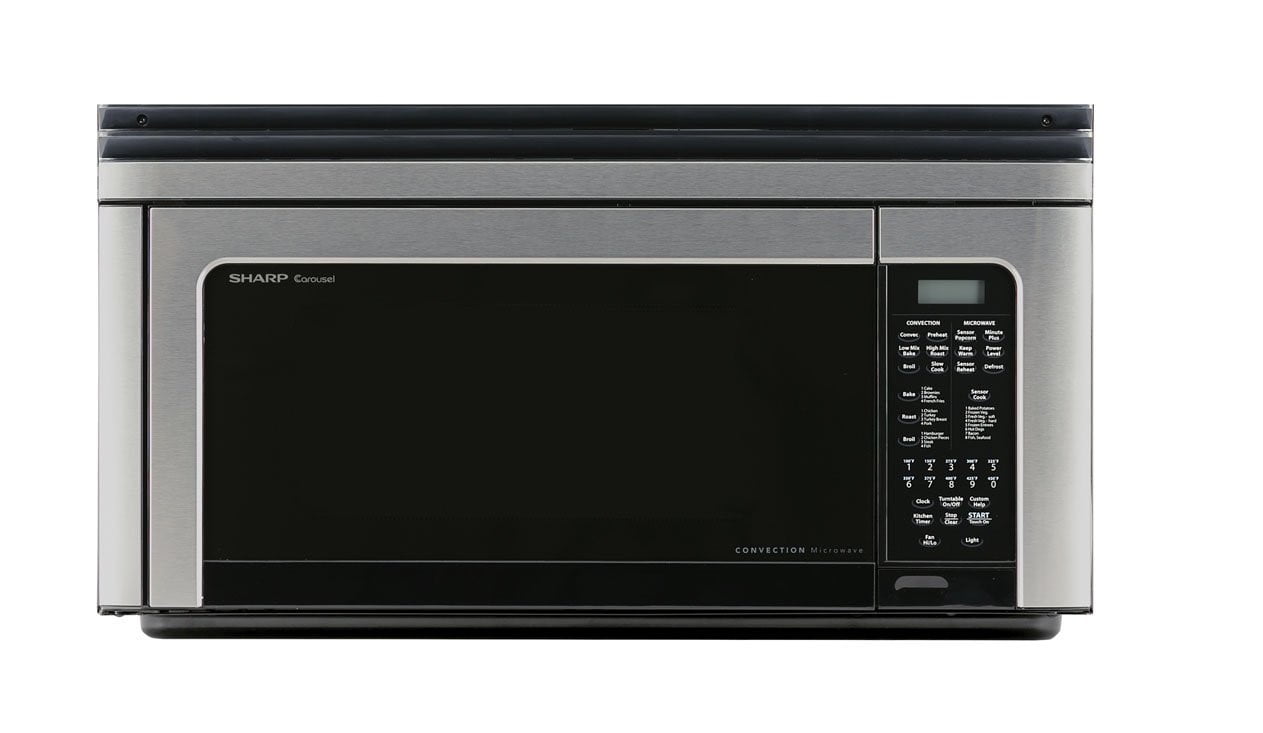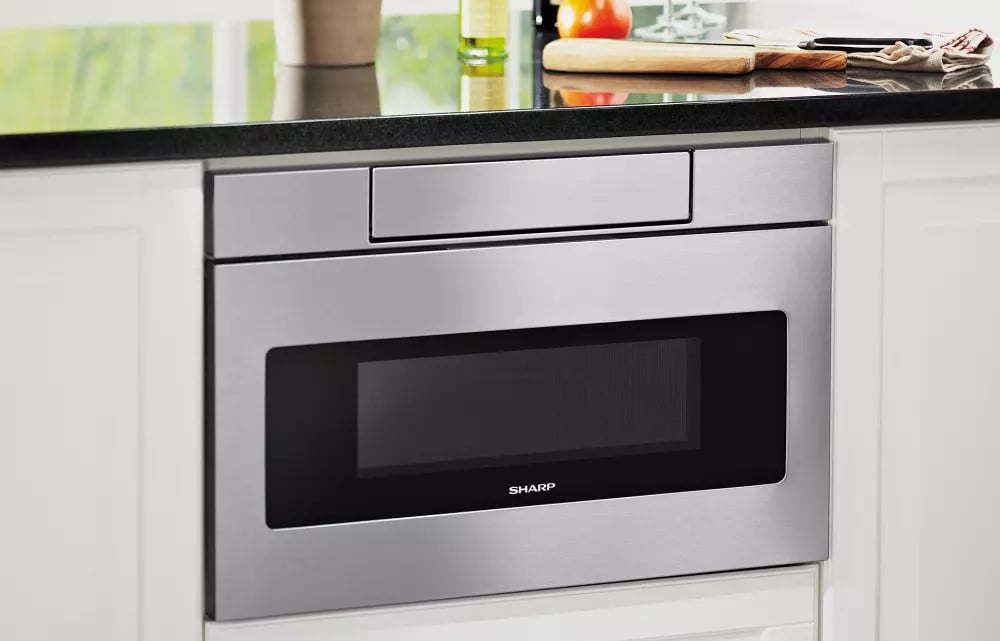If you are shopping for a new kitchen appliance, you may wonder what microwaves can be used for. The best microwaves, after all, offer a wide variety of features to suit cooks of different tastes and skill levels. Keep reading to learn all of the top tasks a microwave will excel at performing.
KEY TAKEAWAYS:
- Microwave ovens make full use of the microwave spectrum to cook common food items efficiently and quickly.
- Modern microwave ovens are great for reheating leftovers, cooking frozen meals, and even steaming veggies and protein.
- Of course, one cannot talk about the uses of a microwave without mentioning microwave popcorn.
How Does a Microwave Work?
Before you can learn what recipes and ingredients microwaves are great for, it can be helpful to learn how these appliances work. Standard microwave ovens use something called a magnetron. This component creates and releases heated electrons in the form of electromagnetic waves, sometimes called electromagnetic radiation. These heated electrons heat food from the inside out, which is why you sometimes run into cold exteriors and ultra-hot interiors when cooking food in a microwave. Microwaves do release trace amounts of radiation, which is why some wonder why microwaves are dangerous. They are not dangerous, as the amount of radiation released is extremely small.
Insider Tip
Microwaves can also be used for tasks such as removing postage stamps from an envelope and heating a variety of medical aids, such as heating pads.
What are Microwaves Good For?
Microwaves are fantastic at cooking a wide array of recipes, and microwave ovens are easy to clean, as an added bonus. Here are some of the top things to do with a microwave.
Reheating Food
The most popular task for a standard microwave oven is to reheat leftovers and to heat up cans of soup and microwave-friendly dinners. The prevalence of these microwave dinners in grocery store freezer aisles is one of the main reasons the microwave oven became so popular throughout the 1970s and beyond. Microwaves can dry out some food items, as electromagnetic radiation tends to heat up water molecules before anything else.
Popcorn
Microwaves have become synonymous with microwave popcorn. This product flies off of store shelves, as a bag of microwave popcorn can be prepared in just a minute or two, making the most out of any movie night with family and friends.
Steaming Veggies and Proteins
If you want to steam vegetables, such as potatoes or broccoli, or even proteins like chicken and fish, you can purchase a dedicated steaming accessory or simply use any microwave-safe plastic steaming tray. Additionally, there are some microwaves out there with dedicated steamer functions, thanks to the inclusion of a boiler mechanism.
F.A.Q.S
How do we “see” using microwaves?
This is called radar and it is how your nearby airport control tower tends to operate. Radar is an extremely useful application of microwaves.
Is convection microwave cooking right for you?
Convection microwaves combine the features of a standard microwave oven with a convection oven, meaning cooking with circulated hot air. Is it right for you? That depends on your preference.
What is radiofrequency (RF) radiation?
RF radiation is caused by radio waves and radio transmissions, electromagnetic waves, microwaves, and even cosmic microwave background radiation. If you are exposed to large bursts of microwaves along the electromagnetic spectrum, you could encounter radiofrequency radiation.
STAT: Due to their initial expense, microwave ovens were originally used in institutional kitchens, but by 1986 roughly 25% of households in the U.S. owned one. (source)















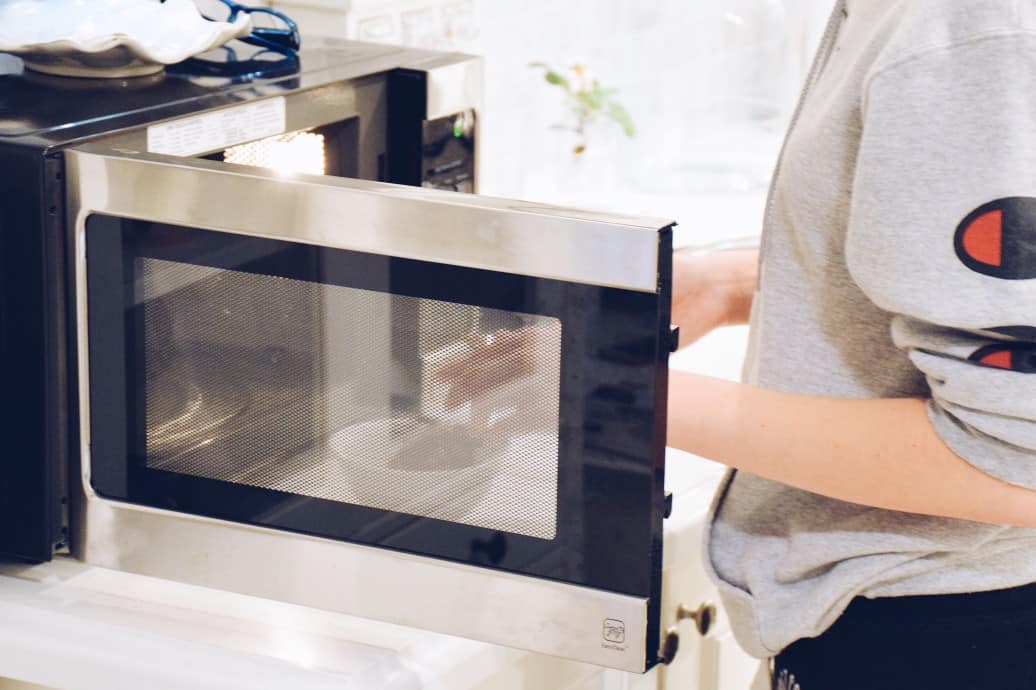
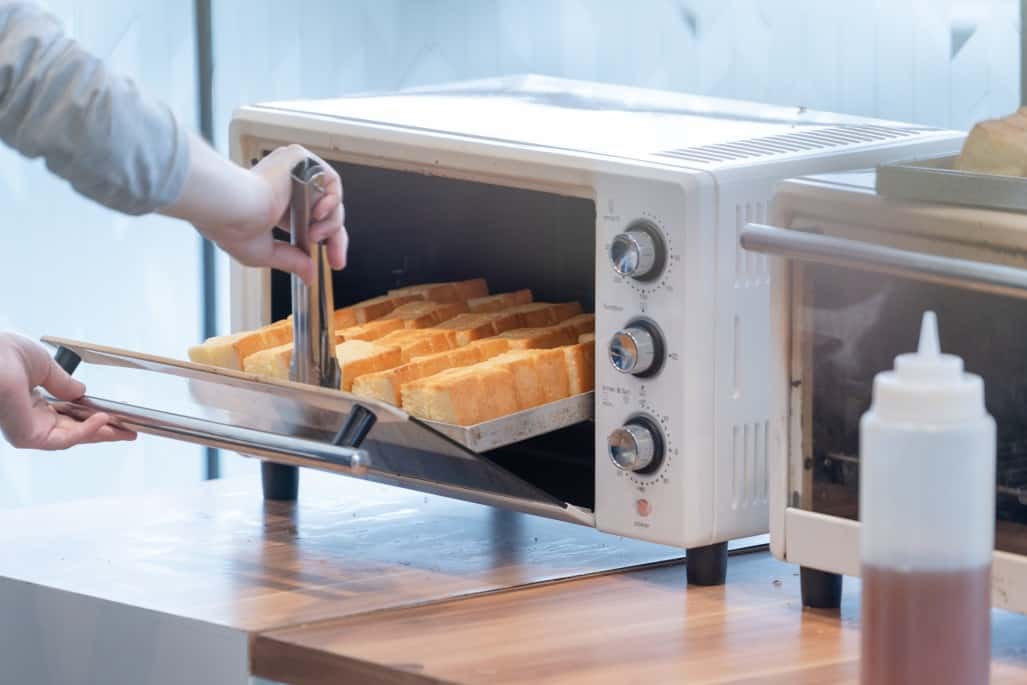
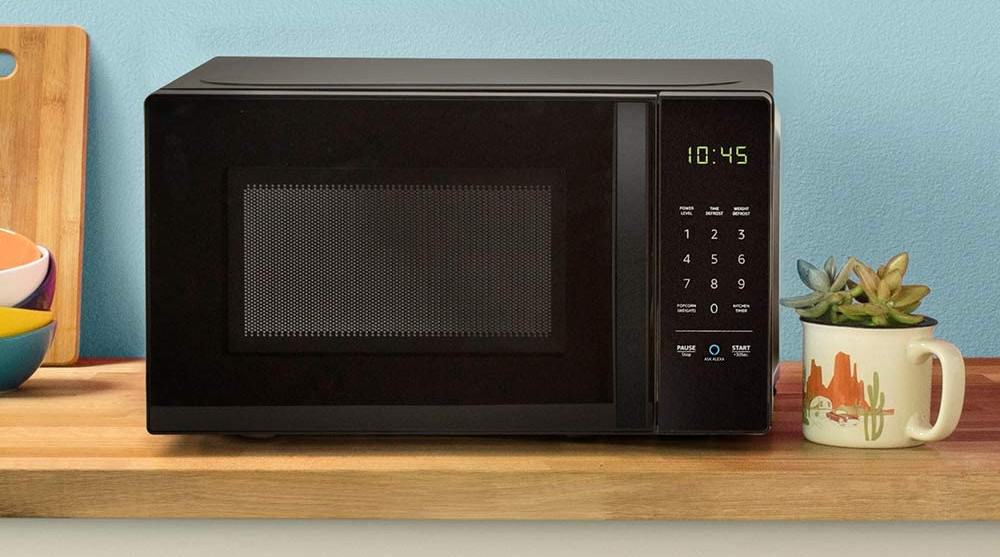
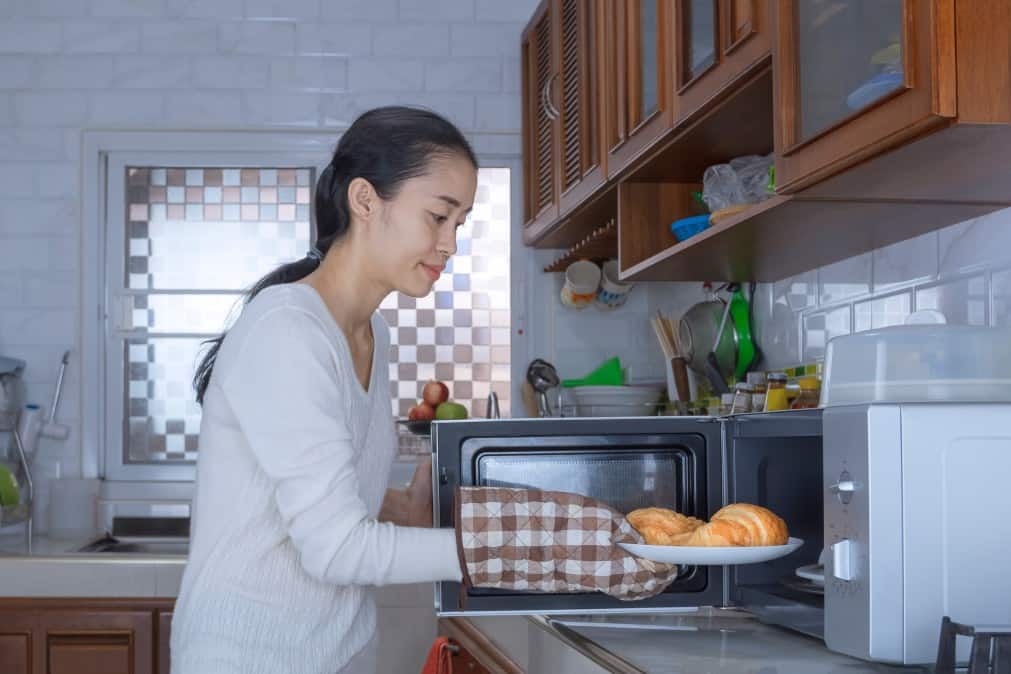
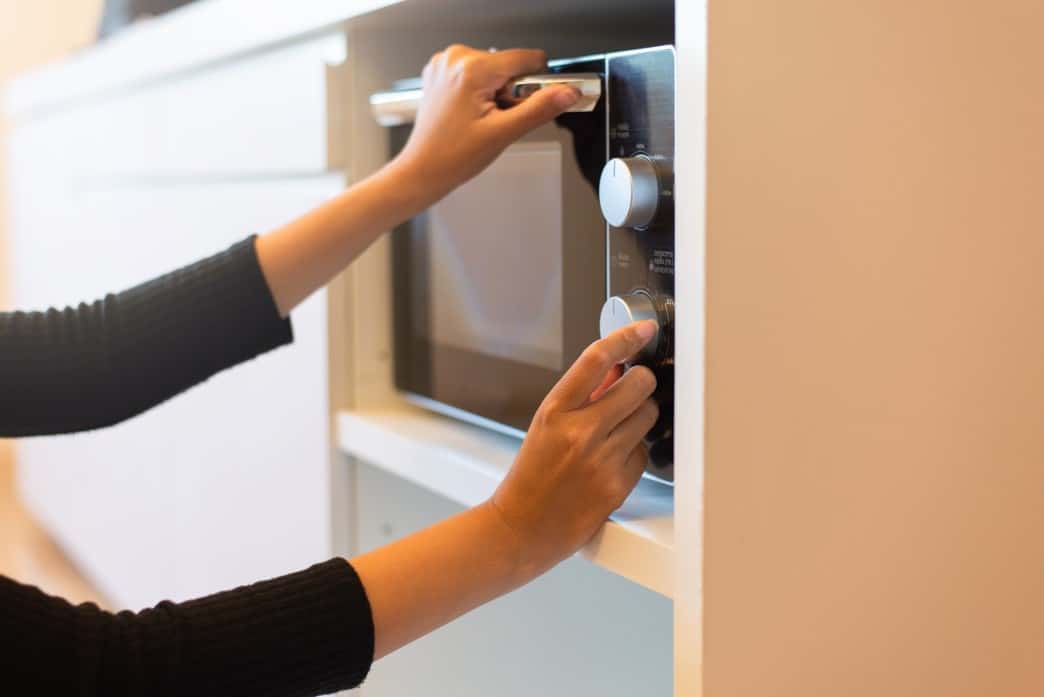
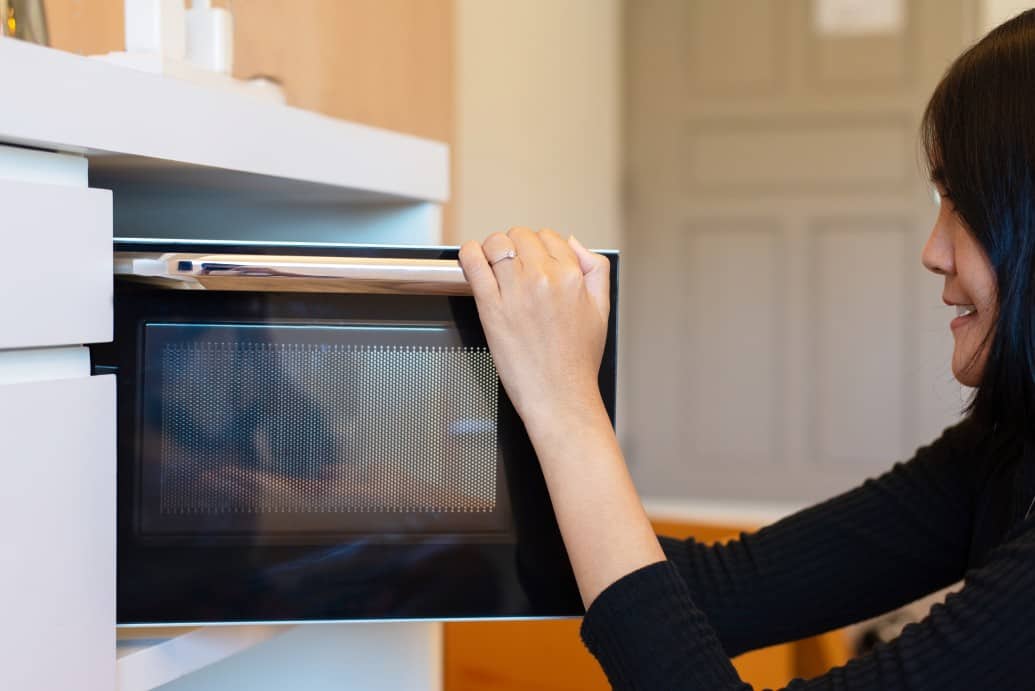
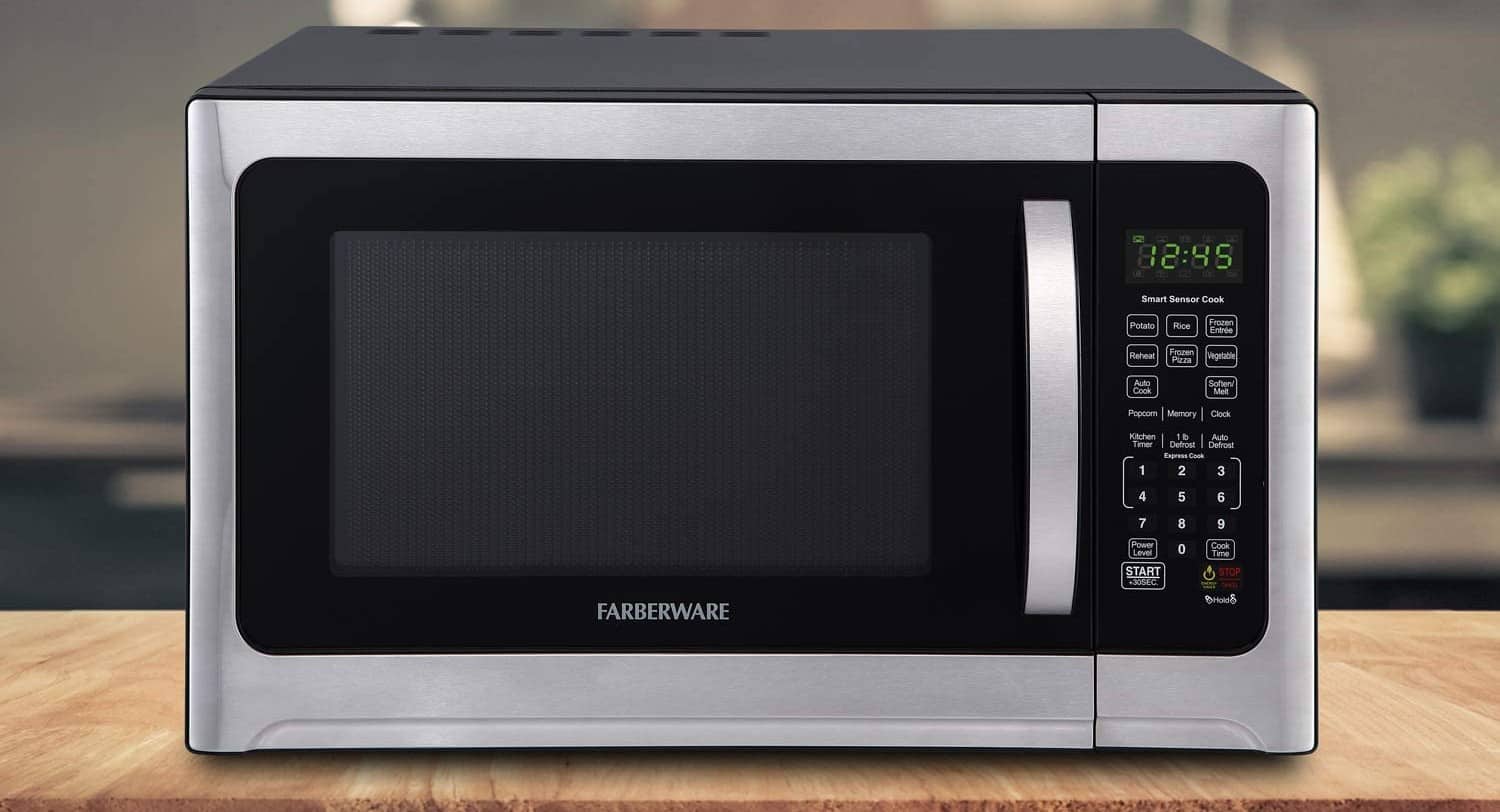
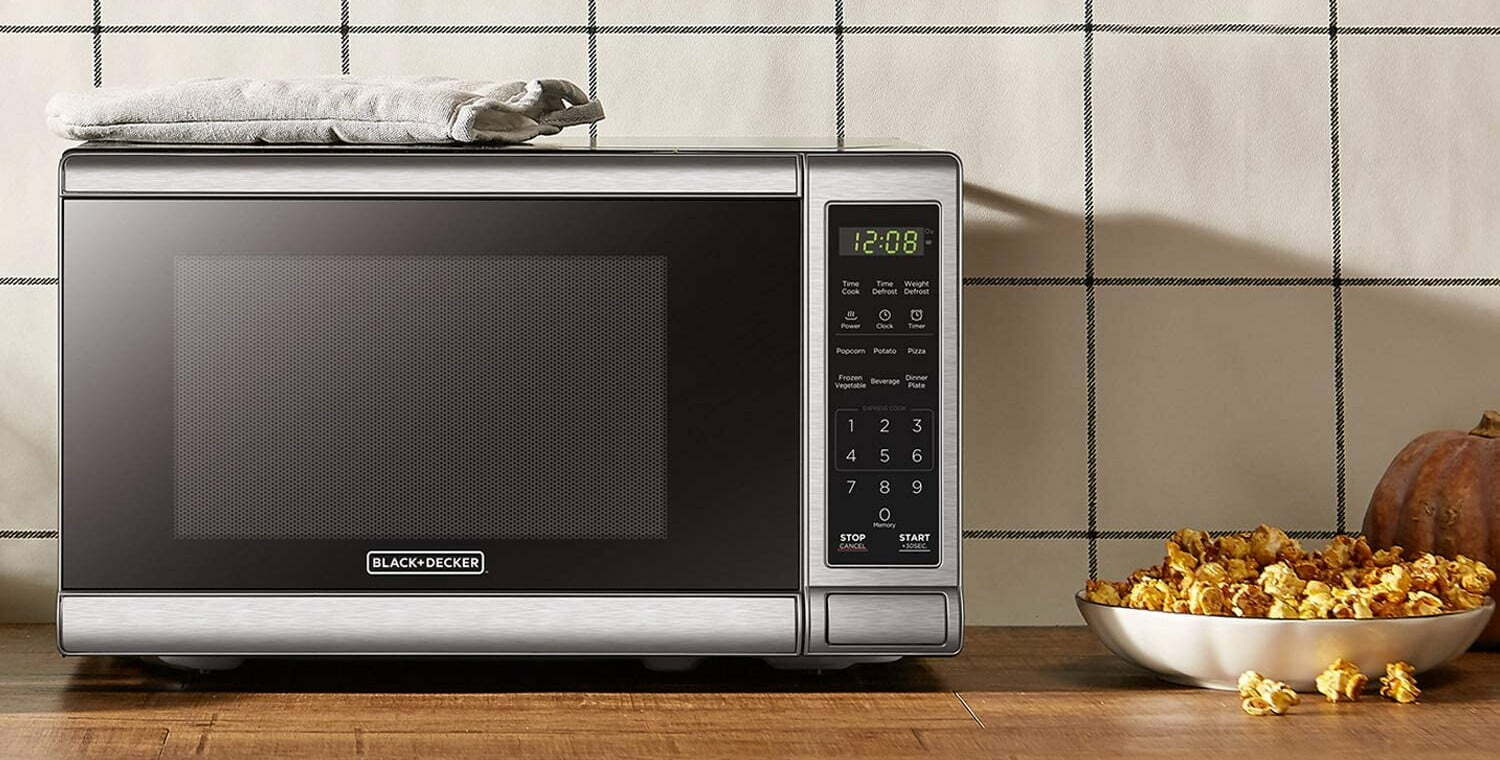
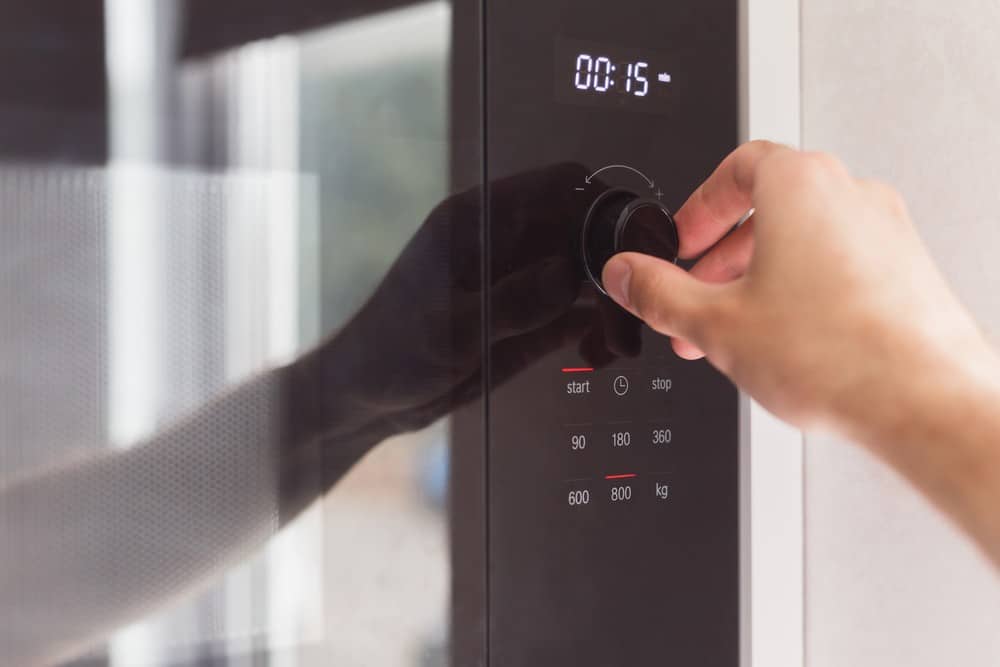
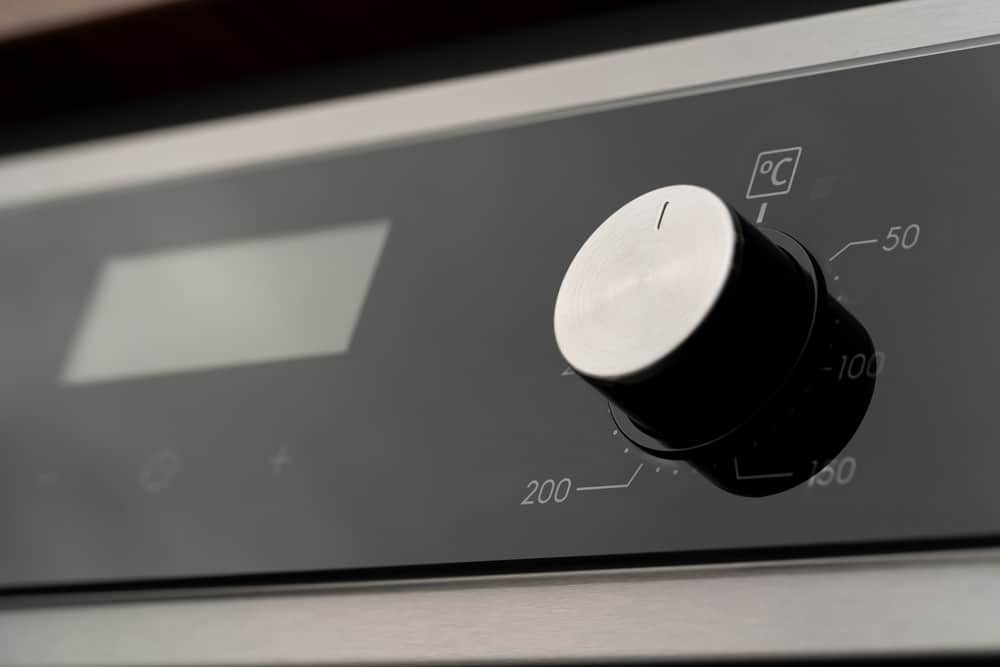
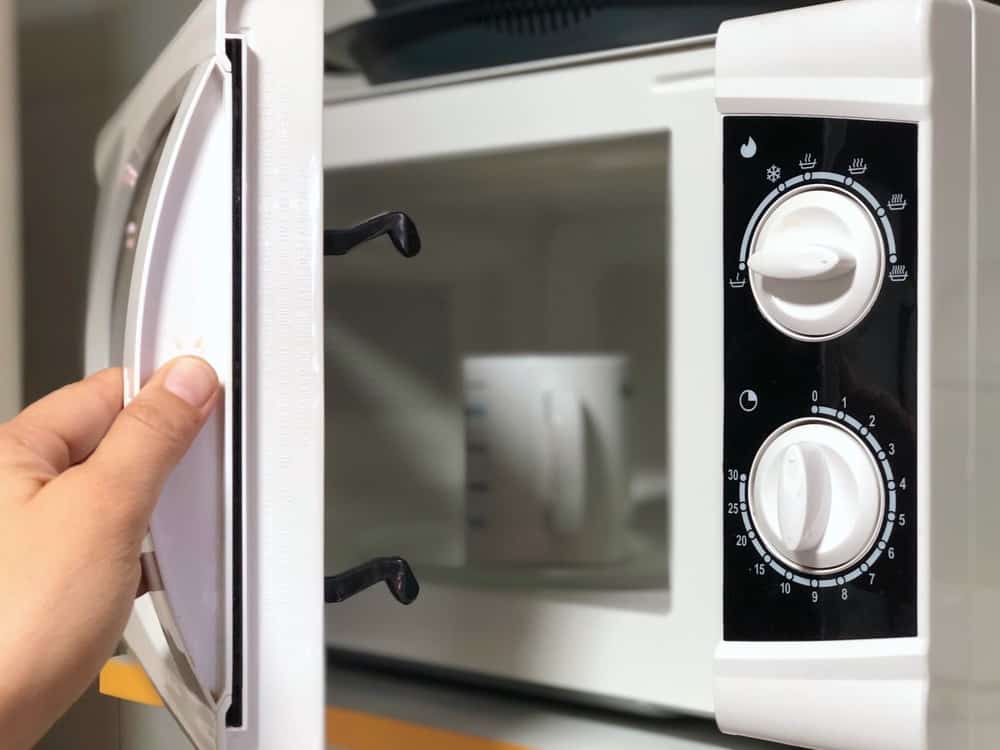
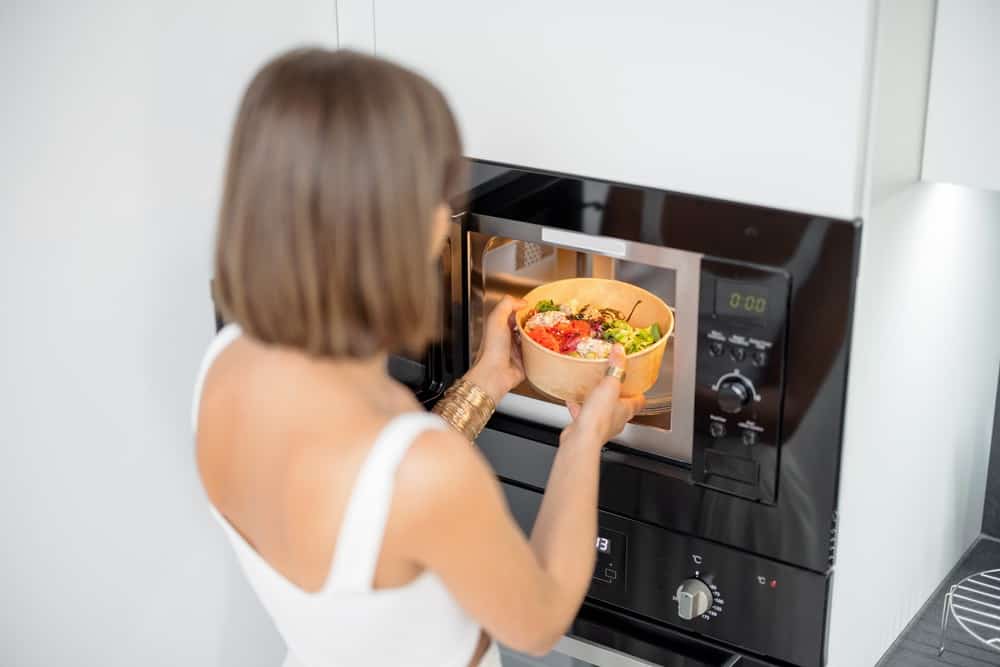
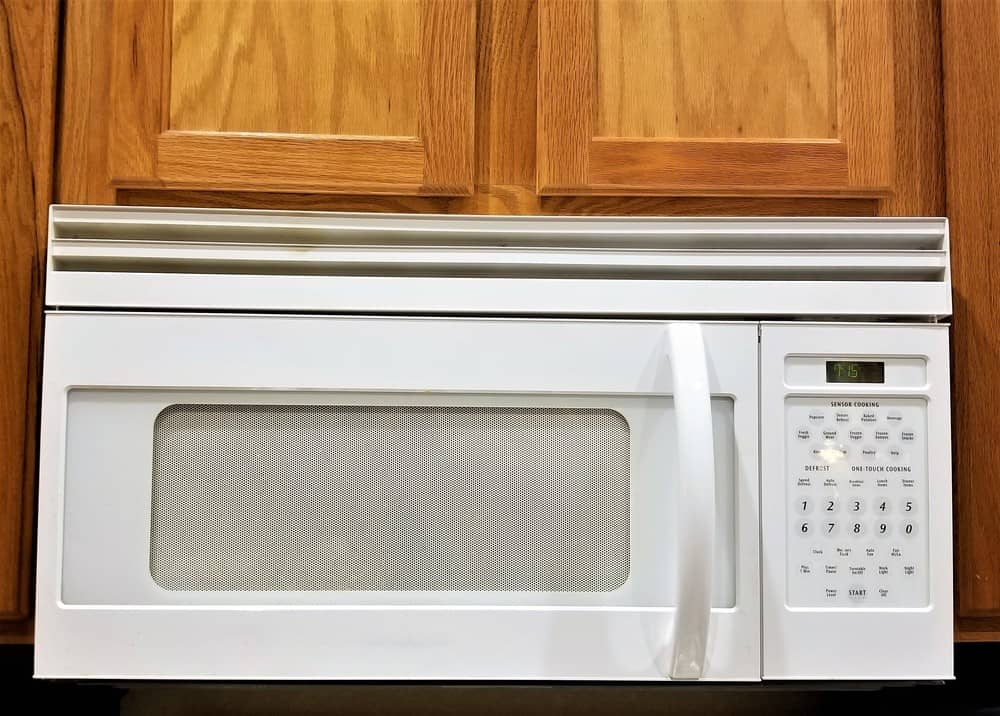
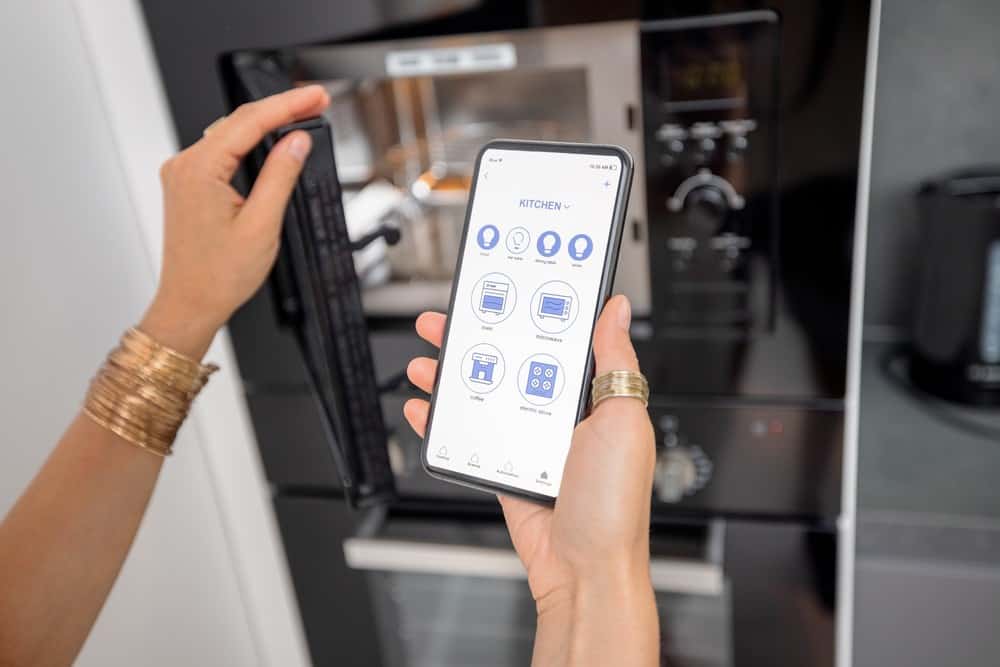

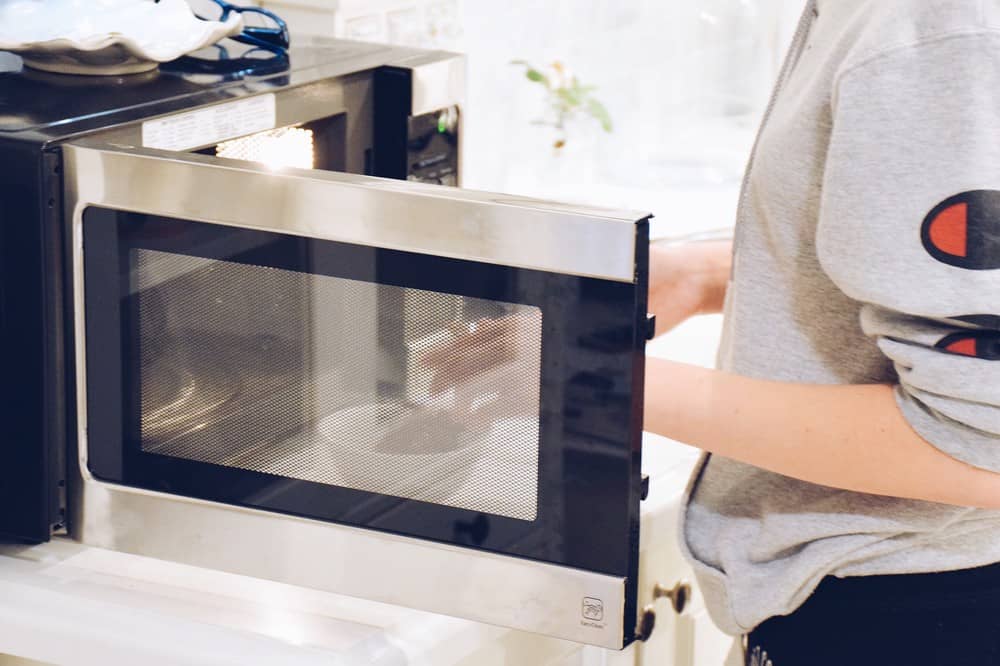

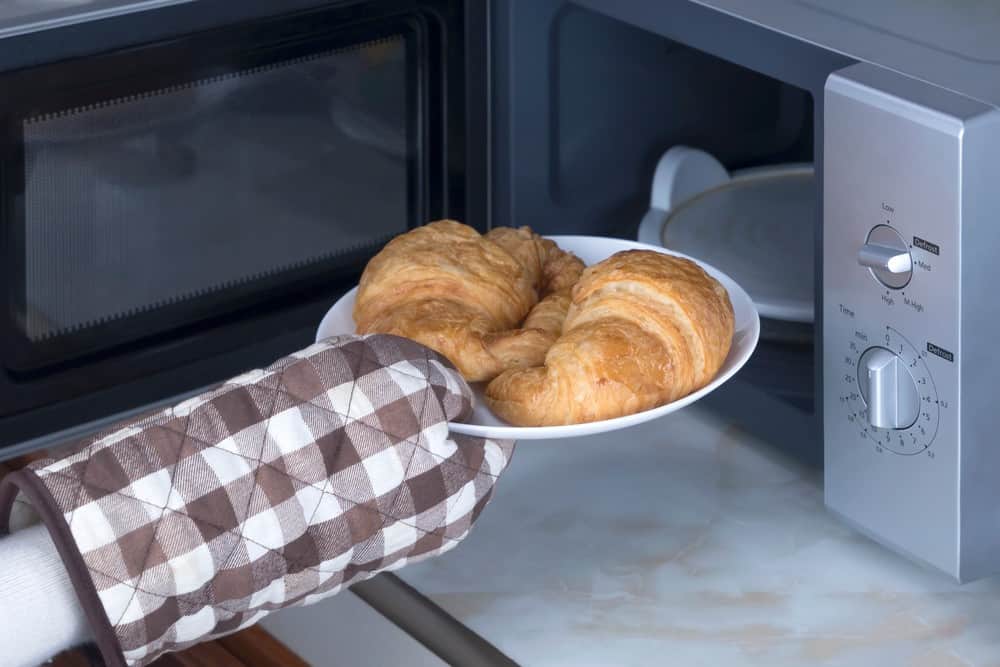
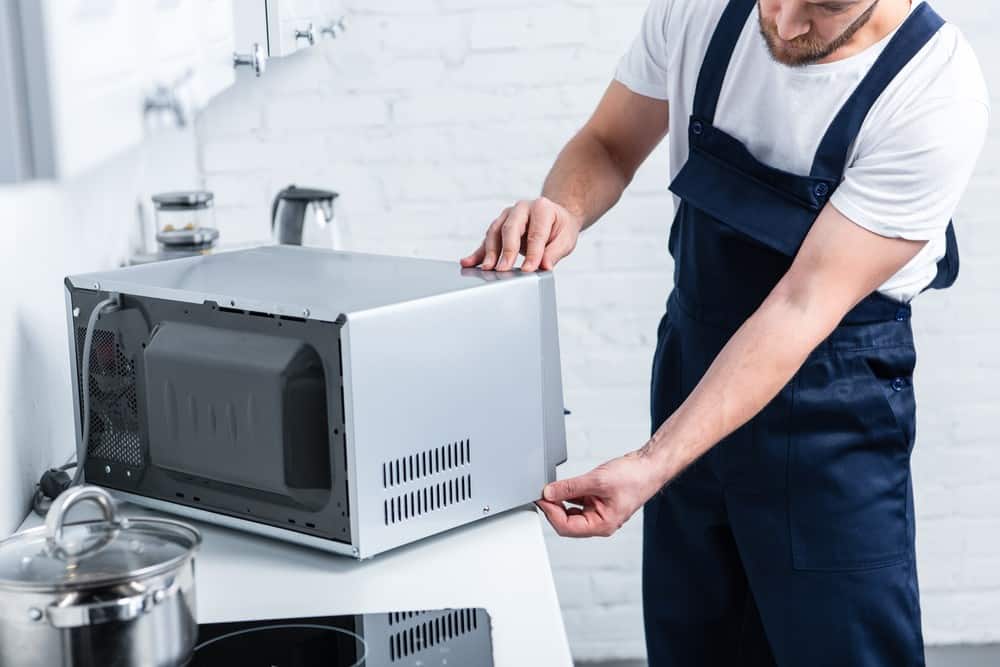
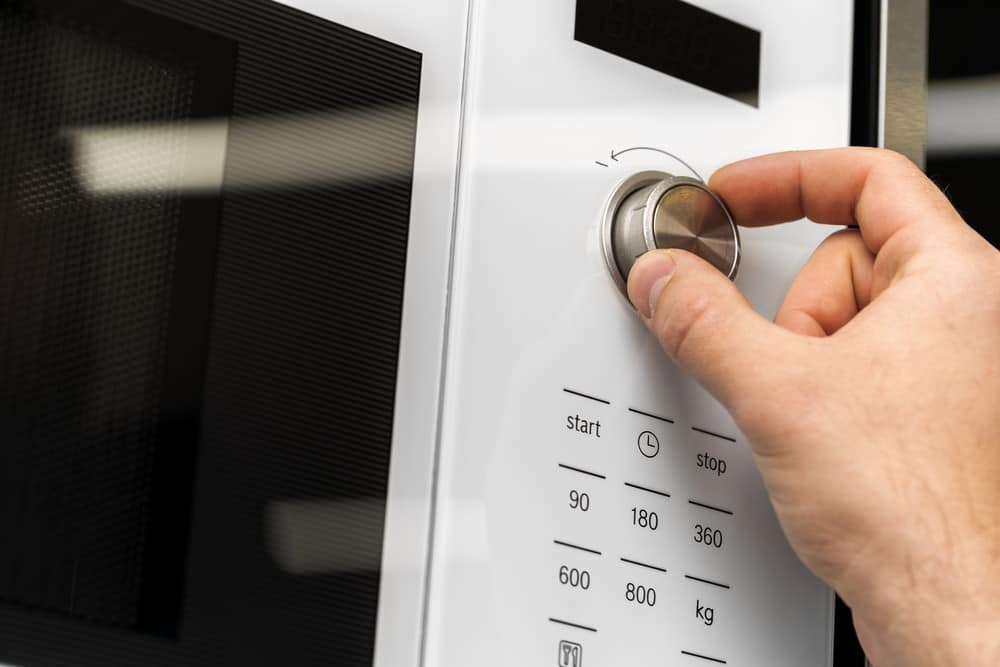
![Best Kitchen Appliances in [year] ([month] Reviews) 27 Best Kitchen Appliances in 2025 (December Reviews)](https://www.gadgetreview.dev/wp-content/uploads/best-kitchen-appliances.jpg)
![Best Whirlpool Microwaves in [year] 28 Best Whirlpool Microwaves in 2025](https://www.gadgetreview.dev/wp-content/uploads/best-whirlpool-microwaves-image.jpg)
![Best Microwave Drawers in [year] 29 Best Microwave Drawers in 2025](https://www.gadgetreview.dev/wp-content/uploads/best-microwave-drawer-image.jpg)
![Best Quiet Microwaves in [year] 30 Best Quiet Microwaves in 2025](https://www.gadgetreview.dev/wp-content/uploads/best-quiet-microwave-image.jpg)
![Best LG Microwaves in [year] 31 Best LG Microwaves in 2025](https://www.gadgetreview.dev/wp-content/uploads/best-lg-microwaves-image.jpg)
![Best Microwaves in [year] ([month] Reviews) 32 Best Microwaves in 2025 (December Reviews)](https://www.gadgetreview.dev/wp-content/uploads/best-microwaves-image.jpg)
![Best Over the Range Convection Microwaves in [year] 33 Best Over the Range Convection Microwaves in 2025](https://www.gadgetreview.dev/wp-content/uploads/best-over-the-range-convection-microwave-image.jpg)
![Best Retro Microwaves in [year] 34 Best Retro Microwaves in 2025](https://www.gadgetreview.dev/wp-content/uploads/best-retro-microwave-image.jpg)
![Best GE Microwaves in [year] 35 Best GE Microwaves in 2025](https://www.gadgetreview.dev/wp-content/uploads/best-ge-microwaves-image..jpg)
![10 Best Samsung Microwaves in [year] 36 10 Best Samsung Microwaves in 2025](https://www.gadgetreview.dev/wp-content/uploads/best-samsung-microwaves-image.jpg)
![10 Best Microwaves for Seniors in [year] 37 10 Best Microwaves for Seniors in 2025](https://www.gadgetreview.dev/wp-content/uploads/best-microwaves-seniors-image.jpg)
![10 Best Microwave Toaster Oven Combo in [year] 38 10 Best Microwave Toaster Oven Combo in 2025](https://www.gadgetreview.dev/wp-content/uploads/best-microwave-toaster-oven-combo-scaled-1.jpg)
![10 Best Panasonic Microwaves in [year] 39 10 Best Panasonic Microwaves in 2025](https://www.gadgetreview.dev/wp-content/uploads/best-panasonic-microwaves.jpg)
![10 Best Microwaves for College Dorms in [year] 40 10 Best Microwaves for College Dorms in 2025](https://www.gadgetreview.dev/wp-content/uploads/best-microwaves-for-college-dorms.jpg)
![10 Best Compact Microwaves in [year] 41 10 Best Compact Microwaves in 2025](https://www.gadgetreview.dev/wp-content/uploads/best-compact-microwave-image.jpg)
![10 Best Convection Microwave Ovens in [year] 42 10 Best Convection Microwave Ovens in 2025](https://www.gadgetreview.dev/wp-content/uploads/best-convection-microwave-oven-image.jpg)
![10 Best Built In Microwaves in [year] 43 10 Best Built In Microwaves in 2025](https://www.gadgetreview.dev/wp-content/uploads/best-built-in-microwave-image.jpg)
